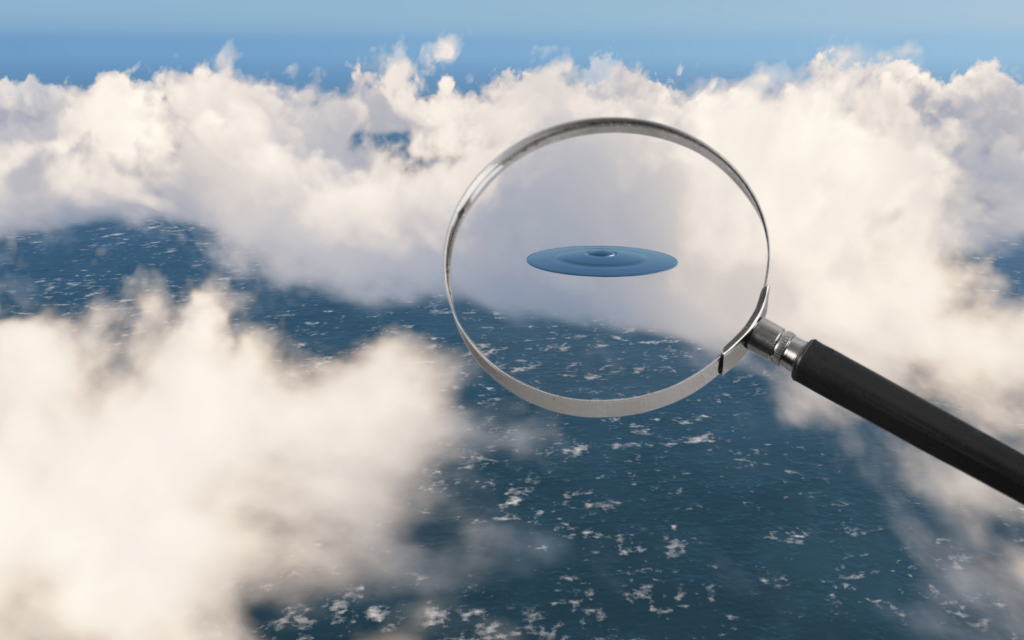If you want an idea of how wild the last few years have been for… everyone… then look no further than the American military. The Pentagon recently confirmed that some instances of UFOs — or ‘unidentified aerial phenomena’ — cannot be explained. And barely anyone blinked. Now, NASA has thrown its extremely scientific hat into the investigation ring.
Unidentified aerial phenomena, or UAPs, is the new term for unexplained airborne objects. This is at least partly because ‘UFO’ is closely tied with Will Smith snarling ‘Welcome to Earth‘ before smoking a cigar. NASA… intends to be a touch more scientific.
NASA looks closer to home
The space agency isn’t mucking around, either. The study, which is expected to take nine months to complete, will be led by astrophysicist David Spergel. Spergel was previously the chair of Princeton University’s astrophysics department. The study will focus on “…observations of events in the sky that cannot be identified as aircraft or known natural phenomena”.
But don’t go expecting aliens, even though that’s what literally everyone is hoping is confirmed. First, there’s data collection to be done. “We will be identifying what data – from civilians, government, non-profits, companies – exists, what else we should try to collect, and how to best analyze it,” said Spergel.
Once that’s settled, NASA will be equipped to make better observations of UAPs. What answers come from that new framework are unclear right now, but they should be interesting. And, provided no Men in Black (Will Smith, again) turn up and jack all the data, the information gathered will be made public.
“Life, uh… finds a way”
NASA’s Daniel Evans, who will work on the study, said, “Consistent with NASA’s principles of openness, transparency, and scientific integrity, this report will be shared publicly.”
“All of NASA’s data is available to the public – we take that obligation seriously – and we make it easily accessible for anyone to see or study.”
The American space agency currently has several different searches for alien life ongoing. There’s an astrobiology program investigating Mars for signs of water. Titan (Saturn) and Europa (Jupiter), two moons, are widely expected to host life, of some sort. The presence of water is considered a prerequisite, and they’re rather damp.
There’s also the Transiting Exoplanet Survey Satellite, the Hubble, and James Webb space telescopes, all scouring the universe for signs of life. Or for signs of places we could send life to. But who knows, maybe we’ll find some a little closer to home. As soon as aliens stop chucking rocks at the James Webb telescope, maybe we’ll even see where they’re coming from.




